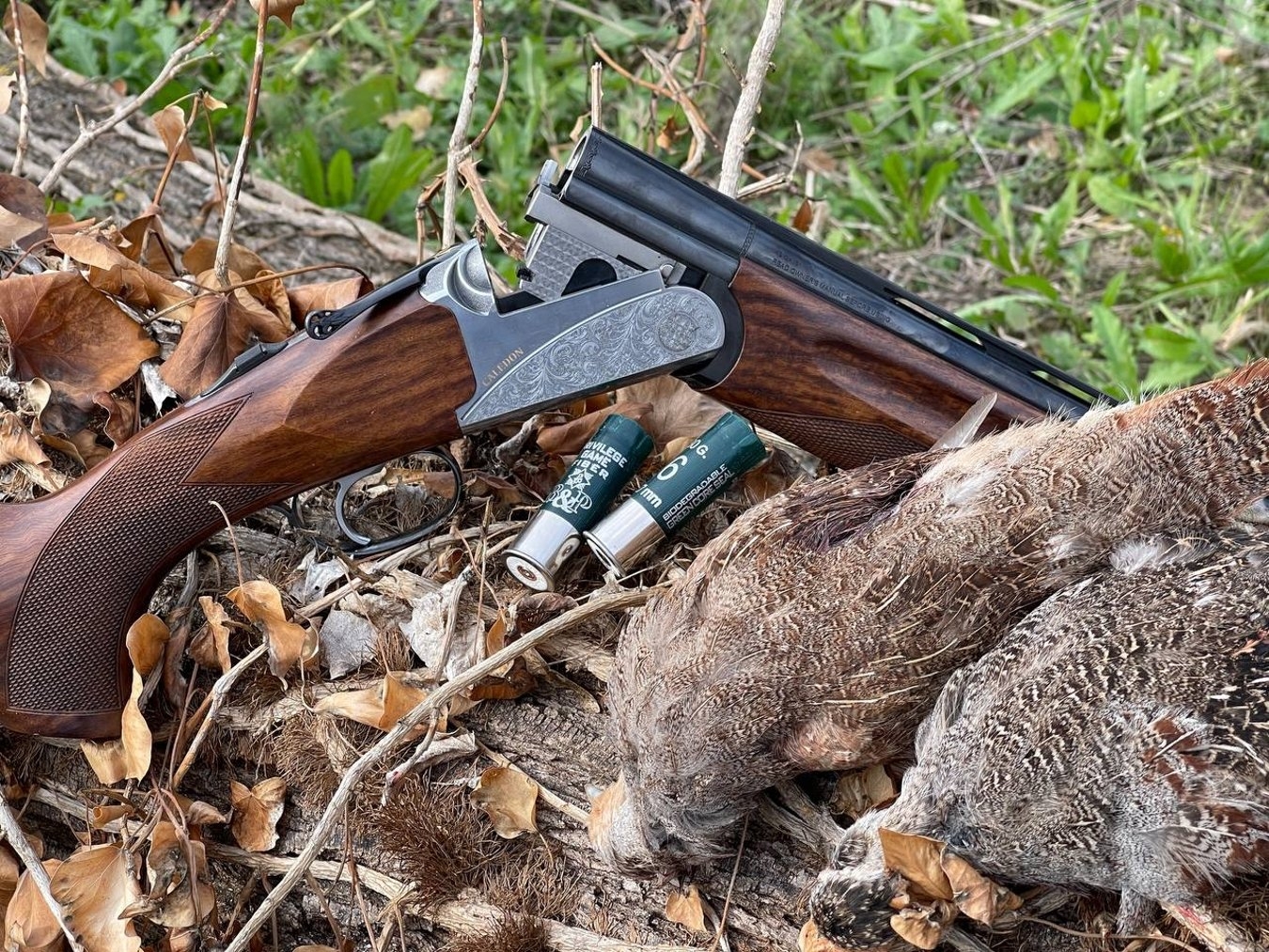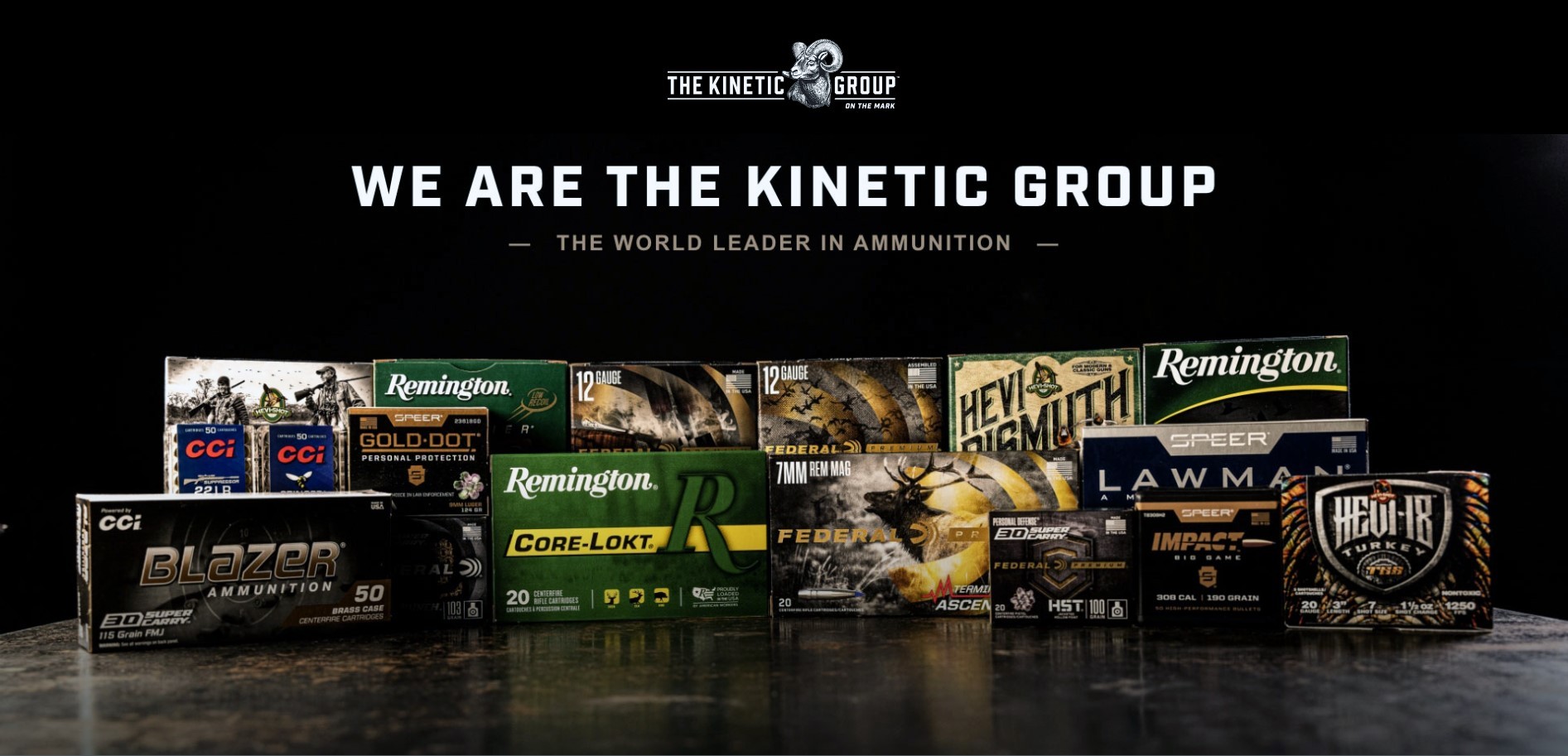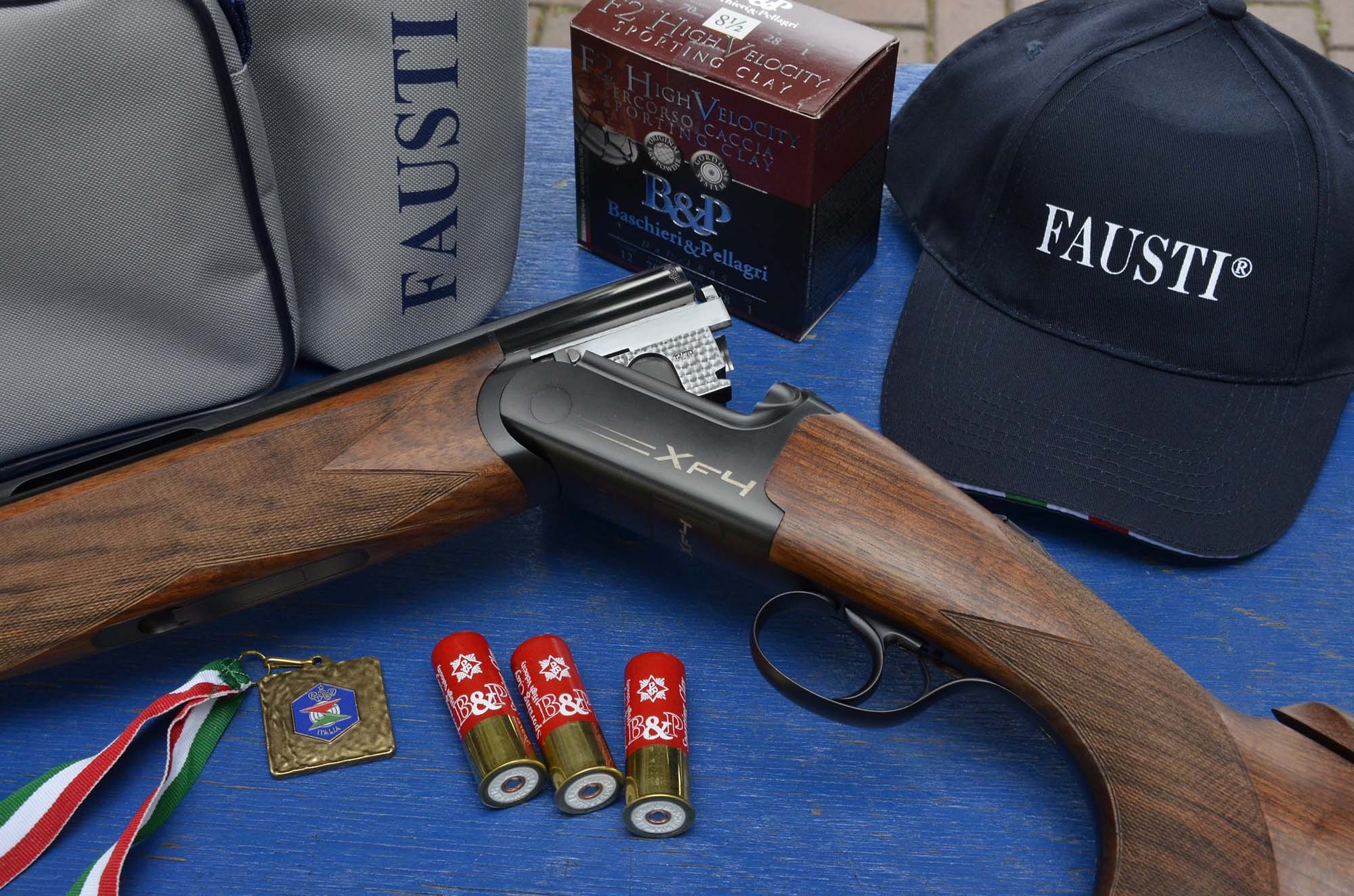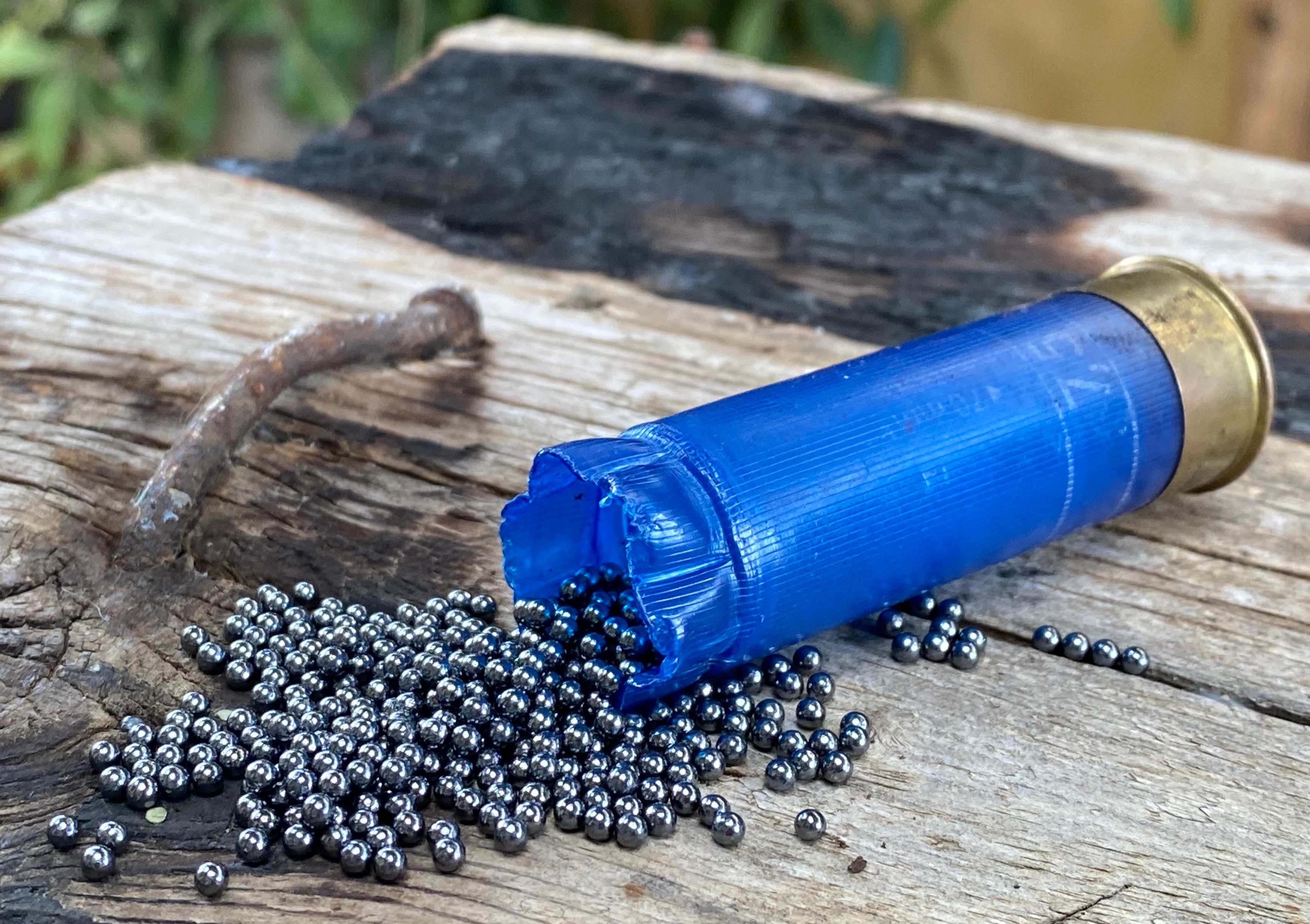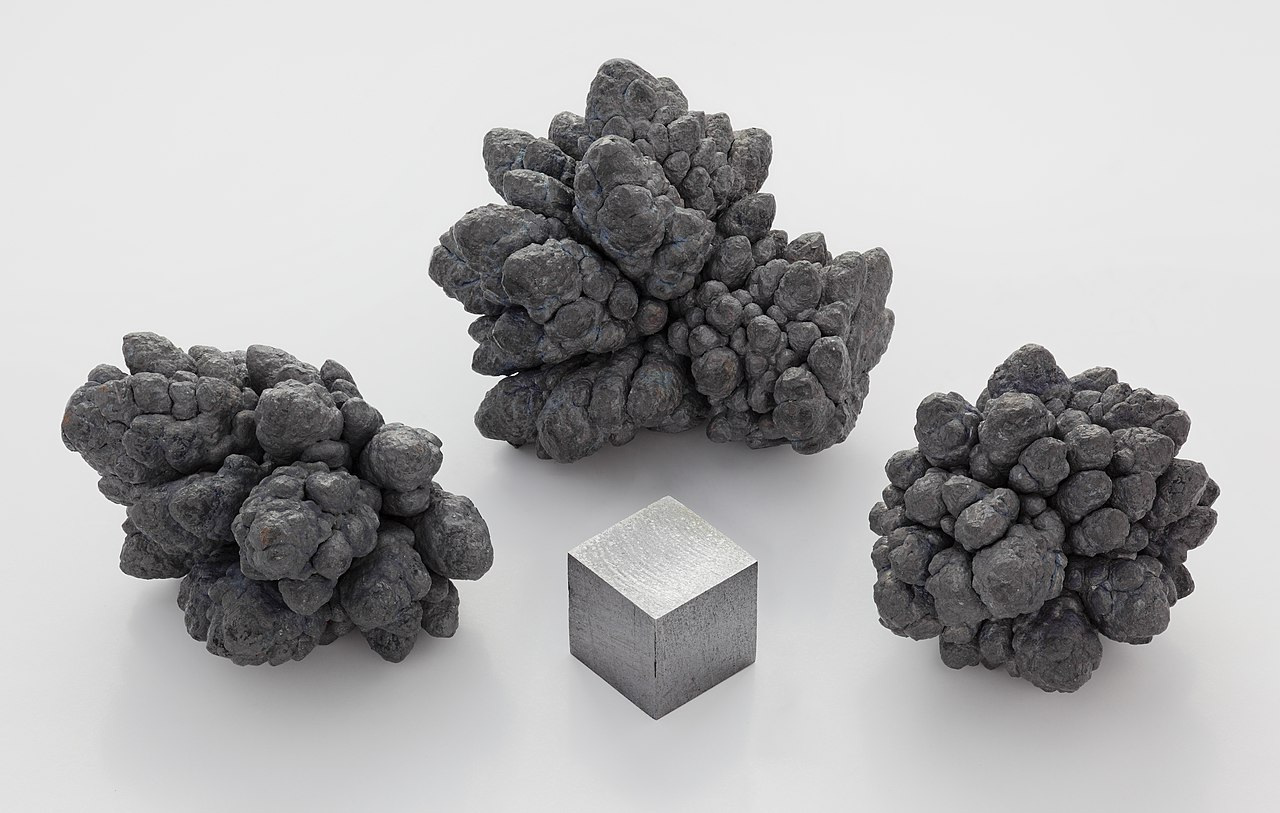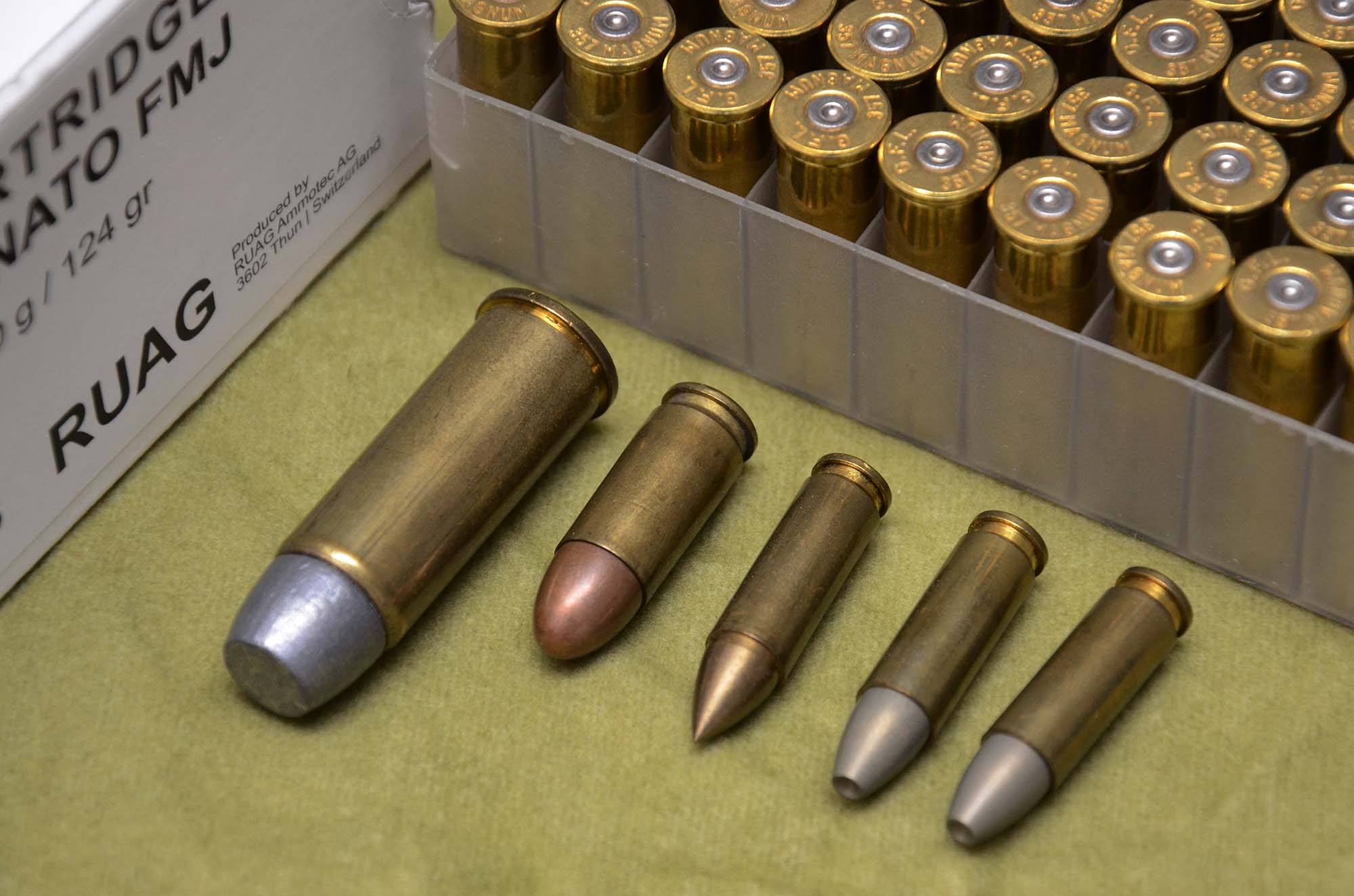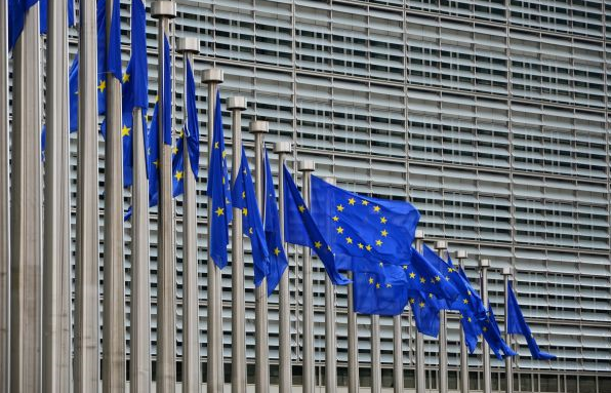November 6th, 2022, marks the deadline for the “public consultation” of the REACH case to ban lead in ammunition. Lead ammunition has been evidenced to be the most effective and cost-effective form of ammunition to humanely harvest game yet the alternatives proposed by REACH are all demonstrably inferior ballistically, risking the end user getting forced into being less humane, possibly even cruel, by the Government when harvesting said game.
For those who have trawled through the consultation’s 500 + pages, I wonder how many like me were amazed at the lack of scientific evidential proof provided to make REACH’s case? Lead in ammunition should be banned according to its detractors because lead is a: “Neurotoxin with no known safe level of exposure.”
A very worrying statement indeed. It may be of interest to note that alcohol is also listed as a “neurotoxin with no known safe level of exposure”.
Let us look at these two – according to the NHS, WHO etc. – as highly dangerous neurotoxins and compare the dangers to humans posed by either.
Firstly lead.
Alcohol kills – not lead
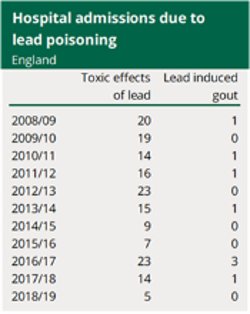
My MP managed to provide, after I requested information on the subject, this list of hospital admissions in England over a 10-year period showing the number of cases of lead poisoning. These very low figures, lower than the number of people recorded as being struck by lightning or bitten by snakes per annum in England, are recorded out of an average of 16 .5 million hospital admissions. There is also no information available that shows if any of these 165 people over the 10-year period were diagnosed as a result of eating game shot with lead.
I have asked Government, the NHS and many doctors if there are any records showing that anyone has ever been diagnosed with lead poisoning as a result of eating game in the last 100 years, and there appear to be no recorded cases!
Indeed, there are no deaths from lead poisoning recorded since the 1980s.
Now if we look at alcohol, the Government state for England that:
“There were 280,185 alcohol-related hospital admissions under the ‘Narrow’ definition in England in 2019 to 2020, an increase in the rate to 519 (per 100,000). This represents the second consecutive increase in the rate since 2017 to 2018.” [Alcohol-related admissions (Narrow): A measure of hospital admissions where the primary diagnosis (main reason for admission) is an alcohol-related condition.]
If one looks at deaths then alcohol is even more worrying: there were 19,190 alcohol-related deaths in England in 2019, a minor reduction in the rate to 35.7 (per 100,000). The rate shows no significant change since 2016.
Most perplexing when considering these two highly “dangerous neurotoxins” is the fact that the FSA state that “it is impossible to avoid lead in food” whereas alcohol consumption is a conscious decision to ingest and can be avoided by choice.
The FSA also instigated a study into the lead present in cattle and sheep bred for human consumption, the scientists used lead isotope spectrum analysis data to show both the levels, but also the source of the levels, of lead found in those farm animals. This method could almost be viewed as a DNA type screening for lead. It allows exact source information for the lead ions, both location (in the paper they were able to name areas on only a few square miles) as well as type, i.e. whether galena, lead pollution or spent lead shot (none found for this). With such an accurate diagnostic tool it seems incredulous that government depts. such as DEFRA have not used this to show and prove the source of lead “poisoning” (if there is any at all) in UK citizens.
Is lead a threat to wildfowl?
Well, it seems that lead is not demonstrable as a major threat to human health so let’s look at wildlife, primarily wildfowl, the assumed threat to which led to a ban on lead ammunition for Wildfowling in 1996.
The trouble is, once again, there is no hard scientific evidence to prove that wildfowl are threatened by the ingestion of lead ammunition. The Wildfowl and Wetlands Trust who have been promoting the idea that Lead shot is a threat to wildfowl for over 40 years, finally, after much badgering from me asking what scientific evidence they actually had to prove this, told me:
“We and many other scientists believe that it is reasonable to suggest that lead shot is the most likely source of poisoning when poisoned birds have lead shot (usually multiple in our experience) in their digestive tracts, particularly when there is no other obvious source of lead exposure to birds in the environment that they occupy.”
This appears to confirm they have no direct evidence from Lead isotope spectrum analysis. The Wildfowl and Wetlands Trust scientists refuse to use this very precise method of analysis used by scientists in other countries to prove lead ammunition is not the cause of poisoning in the wildfowl they are studying.
The Wildfowl and Wetlands Trust scientists also happen to be listed as “friends” of “Wild Justice”, a militant organisation run by among others the vice president of the RSPB, a man who also publicly supports Hunt Saboteur organisations, organisations branded as terrorist groups by some. Wild Justice want an end to field sports and especially shooting in UK. Those scientists listed as friends of this organisation cannot be viewed as presenting a balanced picture of the interaction between wildfowl and lead, indeed in all their papers they never once mention other potential sources of lead available to wildfowl. As a result, the public, reading such papers, can only believe that spent lead ammunition is the source of such poisoning.
Those scientists even give dire warnings that “up to 100,000 wildfowl die each year in the UK as a result of lead poisoning” without any method shown or proof provided to back up such an illogical suggestion, a suggestion presented as fact and used multiple times by the media as a result.
When one considers that this year, 2022, has seen unparalleled outbreaks of Avian Flu with claims by the likes of the RSPB that “thousands” of dead birds are being found, including a statement from an organisation called “Birdlife” which claims 400,000 wild birds have been found dead in the UK in 2022, one wonders how such numbers are accurately collated? For whilst many dead birds have been found in certain areas surely they cannot all be tested post mortem to confirm what they died from?
It also seems amazing that the scientists at the Wildfowl and Wetlands Trust insist that up to 100,000 birds die each year in the UK of lead poisoning, out of an estimated population of 2.5 - 3 million wildfowl including migrants. In reality very few dead wildfowl are ever found yet only 4x as many results in the avian flu outbreak result in many pictures of groups of dead birds – some mere skeletons being retrieved by volunteers.
In claiming, in the case of lead poisoning, that such a huge number of wildfowl are dying without any specific methodology for calculating such a number, a completely false assumption of reality is presented to a general public that have little if any practical interest in the preservation or conservation of wildfowl. They are merely the useful recipients of this misinformation, their main conservation efforts being donations and/or cooing over pictures of these beautiful birds.
From this discussion a reasonable person could be content that there is no case to suggest that lead ammunition is a poison threat to wildfowl.
Is lead a threat to the environment?
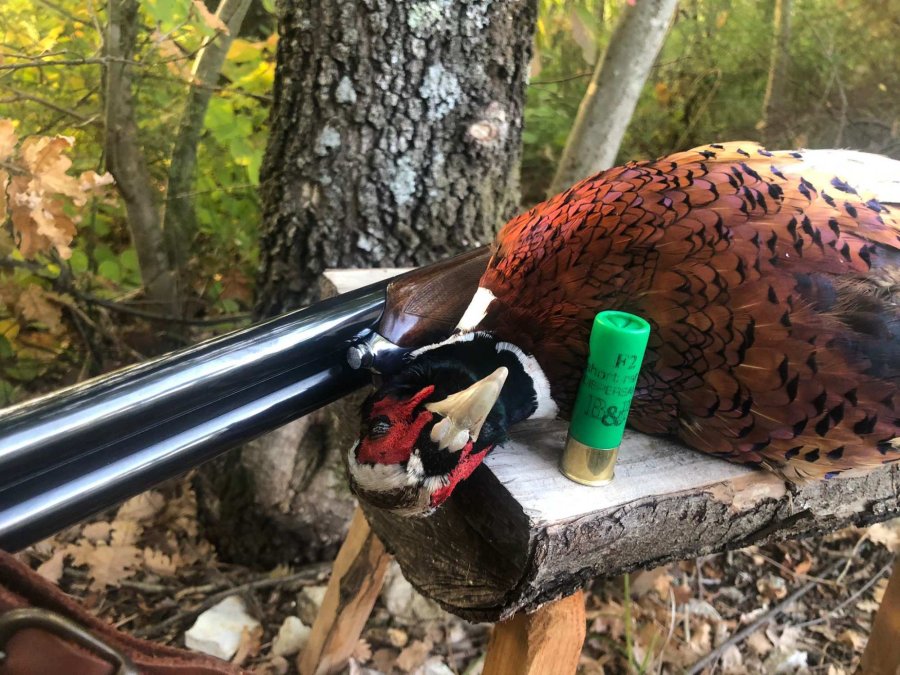
Lastly we come to the environment, which the REACH document portrays as being at dire risk from spent lead ammunition. The problem is, like the Wildfowl and Wetlands Trust scientists, REACH fail to give a balanced view of lead in the environment.
These scientists state that we in Britain have removed lead from water pipes, petrol and paint, so now is the time to remove it from ammunition. There is a problem with this, if we look at lead pipes – yes they have been removed from most internal pipe settings but the majority of pre 1970 housing still has a lead pipe leading from the main to the feed for the dwelling. There are estimated to be 1000s of miles of this stuff! Paint and petrol actually contained compound/ions of lead, lead oxide and chromate being most common in paint and Tetraethyl lead in petrol (both of these compounds are highly toxic). However, if we follow the REACH scientists’ logic we should not use iron /steel shot as iron chloride and iron nitrate are highly dangerous.
Elemental lead is not a threat to human health, neither is elemental iron, the scientists are publishing seemingly misleading information presumably to scare the reader into agreeing with the scientists’ motives?
In the main, Britain is built on lead-bearing soils and rocks, one of the reasons the Romans settled here. The main lead ore is galena which can be found in varying densities from Scotland to Cornwall and West Wales to East Anglia. This lead ore, galena, is lead sulphide which is transferable through plants and animals whereas metallic lead of which lead ammunition is made, is not.
There is also no scientific study to show the long-term effect of the alternatives to lead ammunition, the most popular being malleable iron (steel shot), bismuth and copper. If REACH is prepared to ban lead with no hard scientific evidence to back its conclusions then surely they should investigate the possible long-term effects of spreading several thousand tons of these materials over the British landscape on the assumption they are “less” harmful than lead.
There is little if any evidence presented to show, or indeed prove, if spent lead ammunition would lead to levels of contamination equal to or above the background levels of lead. Hypotheses are presented but no UK based studies exist. Both galena, many other ions of lead, as well as historical industrial and vehicle-generated waste deposits are present in all farmland in the UK, so there is a desperate need for such an independent study to clarify the exact situation in this regard.
In conclusion, to any reasonable person it would seem there is no substantive evidence or reason to even consider banning lead in ammunition; indeed, it is questionable if lead shot should be banned for wildfowling. That same reasonable person might, to use the words of the Wildfowl and Wetlands Trust scientists, find it:
“Reasonable to assume that the evidence so far presented is purely assumption and the actual aim of those presenters is to ban all shooting which may actually be their reason for instigating such reports on a purely emotional level driven by ‘counterfeit virtue'.”
If the government acts on this then they are surely guilty of an act of blatant discrimination against a substantial minority of the UK population. Governments in the last 40 years have managed to reduce and in some cases remove discrimination with regard to sexual orientation, race, colour and gender. Would it not then be paradoxical if, led by emotion only, it decided to discriminate against up to 1 million citizens who participate in field sports in the UK?
One has to remember that similar evidence was presented to the then Environment Minister Liz Truss MP in 2016 by the Lead in Ammunition Group (LAG) who wanted lead in ammunition removed. Liz Truss viewed what was presented and rejected the recommendation stating:
“In both instances – human health and wildlife – the report did not show that the impacts of lead ammunition were significant enough to justify changing current policy; we therefore do not accept your recommendation to ban the use of lead ammunition.”
The reality in 2022 is the situation has not changed at all.
Mr Sunak, take note.
(Mark Crudgington is a 2nd generation gunmaker, at large in Wiltshire. His company George Gibbs Ltd is nearing its 200th birthday. A passionate shot, angler, deer stalker and natural sceptic.)
You can find the full article by Mark Crudgington on the Country Squire Magazine website.
Here you can find some articles about the lead ban we published here on all4shooter/all4hunters.com.



